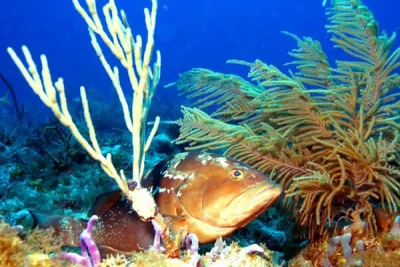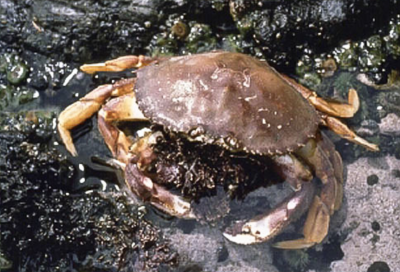The Alaska Seafood Marketing Institute’s longstanding communications director, Tyson Fick will be leaving the institute to take the reins at the Alaska Bering Sea Crabbers’ Association in December. I recently gave him a call to talk about his new role and what’s going on in Alaska’s crab fisheries.
Q: Tell me a little about your time at ASMI.
A: I started at ASMI six years ago.
It was an interesting time, as there were concerns about ASMI’s fiscal structure and the start of the Responsible Fisheries Management program. We were kind of mid-stream early recovery efforts and the low prices of the early 2000s. There have been tremendous developments in marketing. A social media program was developed and integrated throughout all programs for ASMI.
We’ve seen some pretty amazing transitions, from record salmon harvests to new markets to Russian embargoes and big issues with IUU crab. It’s been a pretty intense and wild ride, to say the least. I’m very proud of the work the team did while I was there, and I know ASMI will continue to do great things.
Q: What made you want to shift over to the executive director role with the Alaska Bering Sea Crabbers’ Association?
A: I’m excited to get to work with such an iconic species and fishery. Crabbing is at the core of the whole Alaska seafood brand, from how they’re caught to how they taste. There’s nothing else like it.
I know I’ll be working with some really smart folks, people I want to get to know.
It’s a smaller organization than ASMI altogether and has a different focus. I’ll no longer deal with communications for all species, all regions of Alaska. Instead of being aware of everything happening to all species, I’ll be right in the middle of crab issues and be really focused.
It’s a logical progression for me. I feel like I’ve got a well-rounded experience with the political side by working in the statehouse. And I really hope to continue working with the folks over at ASMI who are helping to promote crab.
Q: What skills are you bringing over from your work at ASMI that will help the association?
A: There are only around 300 permit holders that are directly involved with the association and these species. Nonetheless, there’s an importance to telling the story behind the fishery, increasing demand for the product and explaining complex scientific arguments in a clear, concise way. There will be opportunities to do press tours, media events, big holiday promotions — things that I have experience in.
Q: What issues are Alaska crabbers facing right now?
A: The first thing is certainly the quota. We support responsible sustainable management, and we understand that it’s a process. We want to have best info available, so we’re looking at how we collect data and how we can help managers make those decisions.
Currently the most pressing issue is whether or not there will be a bairdi crab fishery. Summer surveys say one thing, but we’re hearing from fishermen that there might be a disconnect there. The Board of Fisheries is taking up the issue to open up the western district in their January meeting in Kodiak. It’s a pretty big deal.
Long term, we’re just talking about how to best manage crab.
Q: What do you think this transition will be like for you?
A: There will be times when it’s similar.
ASMI is one place where everyone can get along and say, “We support Alaska seafood as a food product” and be Alaska’s outward face to the rest of the world, and get dragged into conversations we might not belong in sometimes. That change will be challenging, shifting to advocating for a particular gear type and species.
PR-wise, talking about national effort with consumers, crab is really fantastic and sells itself. With managing crab populations, stocks are going to be volatile, and issues will come and go. The challenge for managers and science there is trying to create a management plan that accounts for natural spikes in abundance. That means sometimes we’ll need to build a bunch of markets and at other points we’ll have to manage demand and convince people to buy some crab next time around.
Q: Where is most of Alaska’s crab going?
A: Domestic markets are always strong. Japan is a huge market for us. Crab is a luxury product. It’s high-end seafood, so it can be found all over the world, wherever there are people with extra income.
I think it’s so well known and they’re so particular and strategic about sustainable management of it in Alaska that it’s a logical choice for consumers. If people are going to splurge and do something special, Alaska Bering Sea crab is the way to go.
Q: How has crabbing been so far this season?
A: Fishing is going really well so far from what I’ve heard. Pots are coming up full and there’s been a broad distribution in age range, which bodes well for the future of the fishery. And demand has never been stronger.







